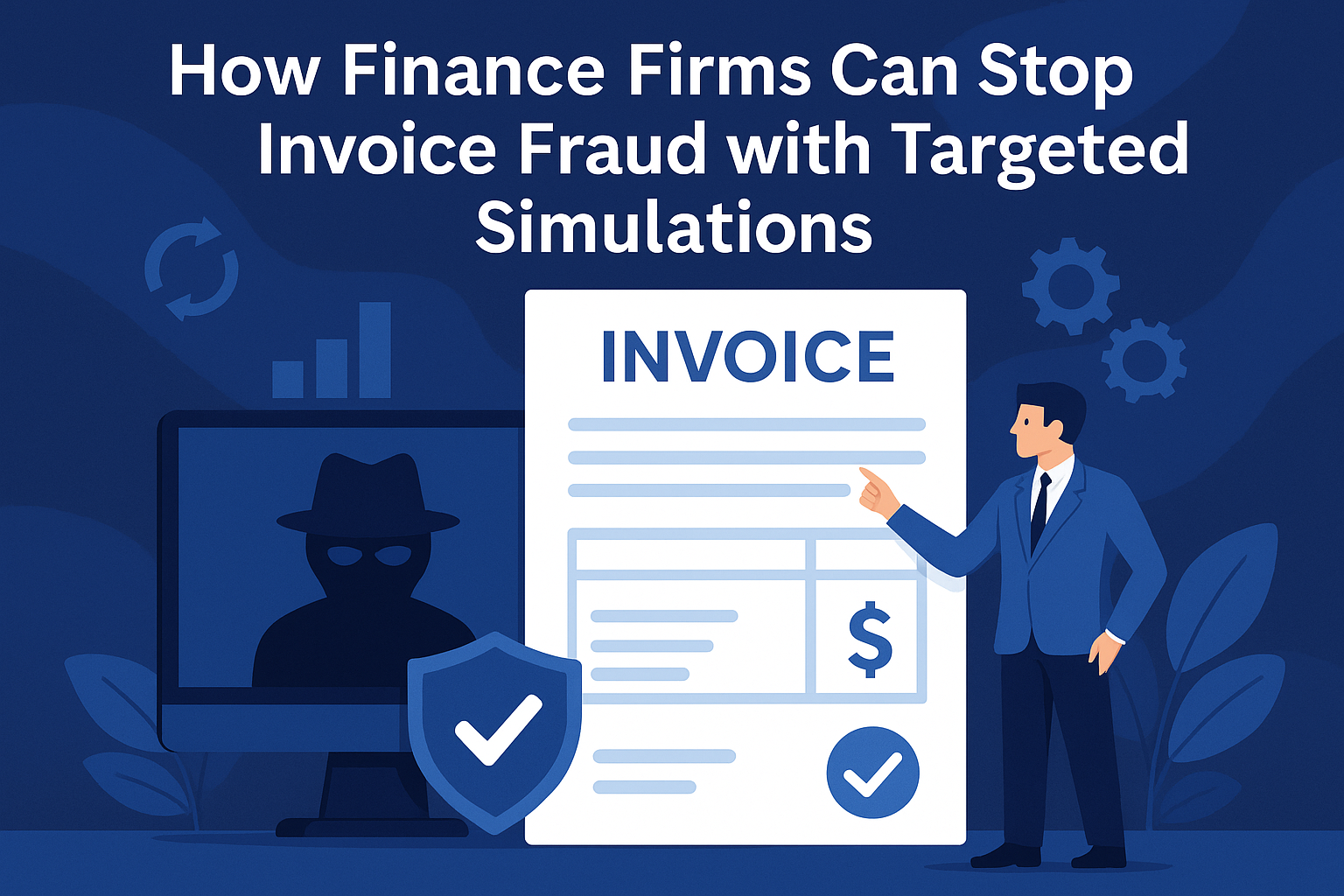Technology
How OCR Recognition Software Enhances Workflow Automation Across Sectors

How many hours are lost every week just extracting information from scanned documents or PDFs?
Despite living in a digital age, countless businesses still receive paperwork in physical or semi-digital formats—from printed invoices to scanned contracts and handwritten forms. Manually entering and processing this data is slow, error-prone, and resource-intensive. This is where OCR recognition software has become a cornerstone of workflow automation, turning static content into usable, actionable digital information across every industry.
In this blog, we’ll explore how OCR recognition software works, the specific sectors it’s transforming, and how it boosts both efficiency and accuracy within automated workflows.
What is OCR Recognition Software?
OCR (Optical Character Recognition) is a technology that converts printed or handwritten text from scanned documents, images, or PDFs into machine-readable data. OCR recognition software takes this technology further by integrating it with automation tools, document management systems, and AI-based decision-making processes.
Instead of simply reading the text, modern OCR tools can:
- Extract structured data (like dates, numbers, fields)
- Classify documents automatically
- Flag anomalies or missing fields
- Route documents into relevant workflows (e.g., approvals, processing, or archiving)
This capability drastically reduces the need for human input when managing documents at scale.
Key Benefits of OCR Recognition Software in Workflow Automation
Before diving into industry use cases, it’s important to understand the core advantages OCR brings to any organisation:
1. Eliminates Manual Data Entry
One of the biggest time-wasters in administrative tasks is transcribing text from one system to another. OCR recognition software automates this, enabling teams to focus on analysis rather than transcription.
2. Enhances Data Accuracy
By reducing human intervention, OCR significantly cuts down on errors due to mistyping, misreading, or formatting inconsistencies.
3. Enables End-to-End Automation
OCR serves as the entry point to larger automation chains—extracting data that can then be routed through digital workflows such as invoice processing, form approvals, or CRM updates.
4. Speeds Up Document Processing
Whether it’s customer onboarding, claims handling, or compliance reporting, automated document processing enables much faster turnaround times.
5. Improves Document Searchability and Accessibility
Digitised documents become keyword-searchable and more accessible across teams, improving collaboration and archiving.
Industry-Wise Impact of OCR Recognition Software
1. Finance and Accounting
In banking, insurance, and corporate finance, OCR recognition software is used extensively to automate:
- Invoice processing: Extracting data from scanned invoices and validating against purchase orders.
- Cheque recognition: Capturing details from deposited checks and verifying account information.
- Expense reporting: Employees upload scanned receipts; OCR extracts the date, vendor, and amount, feeding expense management systems.
This reduces fraud, speeds up reconciliation, and improves financial accuracy.
2. Healthcare
Hospitals and clinics are overwhelmed with forms, prescriptions, and handwritten patient records. OCR helps by:
- Digitising patient intake forms: Extracting data to populate EHR (Electronic Health Record) systems.
- Processing insurance claims: Quickly identifying policy numbers, diagnoses, and treatments.
- Reading handwritten notes: AI-enhanced OCR can now even recognise cursive doctor notes with increasing accuracy.
This reduces paperwork burdens and enables faster treatment and billing cycles.
3. Legal and Compliance
Legal firms and corporate compliance teams often deal with contracts, case files, and government forms. OCR enables:
- Contract data extraction: Pulling key dates, clauses, or names into structured formats.
- Searchable archives: Digitising old case records and indexing them for fast legal discovery.
- eDiscovery automation: Automatically classifying and flagging relevant legal documents during litigation.
Time spent manually reading and searching through legal paperwork is dramatically reduced.
4. Logistics and Supply Chain
In warehousing and transportation, paper manifests, shipping labels, and customs documents are common. OCR helps by:
- Extracting data from bills of lading
- Digitising delivery receipts and PODs (Proof of Delivery)
- Updating warehouse management systems in real-time
Faster data flow means better visibility and fewer delays in the supply chain.
5. Government and Public Sector
Agencies use OCR to automate large volumes of documentation, including:
- Tax forms and returns
- Voting records and census data
- Licensing applications
OCR improves accessibility and reduces the strain on administrative staff during peak seasons like tax time or elections.
6. Education
Schools and universities are using OCR to:
- Convert exam papers into digital formats
- Automate form submissions for admissions
- Index historical academic records
OCR tools like Docsumo promote digital transformation in institutions traditionally reliant on paper-based operations.
Real-World Example: Insurance Claims Automation
Let’s look at a use case in the insurance sector.
Before OCR:
An agent receives hundreds of scanned claim documents each day. A team manually reads and inputs data into the policy system. Errors are frequent. Turnaround times are slow.
After OCR recognition software:
Claims are uploaded to a portal. The software extracts policy numbers, claim descriptions, and customer data automatically. Rules route the claim to the appropriate adjuster. If discrepancies are found, the system flags them for review.
Result:
- 70% faster claim processing
- 40% reduction in manual errors
- Enhanced customer satisfaction due to quicker response
Integrating OCR with Other Technologies
OCR on its own is powerful, but its impact is multiplied when combined with:
- Robotic Process Automation (RPA)
RPA bots can take OCR-captured data and feed it into ERPs, CRMs, or email systems to trigger downstream workflows—completely hands-free.
- AI and Machine Learning
Advanced OCR platforms learn over time, improving recognition accuracy and document classification based on historical corrections and user feedback.
- Document Management Systems (DMS)
OCR enhances searchability within DMS platforms by converting scanned files into searchable PDFs, improving document retrieval.
Choosing the Right OCR Recognition Software
When evaluating a solution, consider the following:
- Accuracy and language support: Look for software that handles multiple languages and low-quality scans.
- Format flexibility: Ensure it works with invoices, forms, images, handwritten notes, etc.
- Integration options: Should connect with your existing ERPs, CRMs, or cloud storage platforms.
- Cloud vs on-premises: Depending on data security needs, choose a deployment model that aligns with compliance policies.
- AI capabilities: Intelligent OCR goes beyond extraction—it learns and adapts to new formats.
Popular tools include ABBYY FlexiCapture, Kofax, Adobe Acrobat OCR, Microsoft Azure Form Recognizer, and Google Cloud Vision OCR.
Common Challenges and How to Overcome Them
While the benefits are compelling, some businesses face initial hurdles:
- Low-Quality Scans
Poor document resolution or smudged handwriting can reduce OCR accuracy. Solution: Pre-processing tools can clean and sharpen documents before OCR runs.
- Data Validation
OCR is not perfect. Having a validation step to review critical data is important—either manually or through AI-based confidence scoring.
- Change Resistance
Staff may be hesitant to trust automated systems. Training, phased rollouts, and demonstrating time savings can improve adoption.
Final Thoughts
OCR recognition software is no longer a niche tool—it’s a foundational technology driving digital transformation across industries. By unlocking data from static documents and integrating it into automated workflows, it enables faster decisions, fewer errors, and significant cost savings.
Whether you’re in finance, healthcare, logistics, or education, there’s a clear case for adopting OCR recognition software as part of your automation strategy. It not only speeds up operations but also makes your workforce more agile and focused on high-value tasks.
If you’re exploring automation in your business, OCR should be one of the first steps in your journey. The return on investment—in time, accuracy, and efficiency—is undeniable.
-

 Tech1 year ago
Tech1 year agoHow to Use a Temporary Number for WhatsApp
-

 Business2 years ago
Business2 years agoSepatuindonesia.com | Best Online Store in Indonesia
-

 Social Media1 year ago
Social Media1 year agoThe Best Methods to Download TikTok Videos Using SnapTik
-

 Technology1 year ago
Technology1 year agoTop High Paying Affiliate Programs
-

 Tech10 months ago
Tech10 months agoUnderstanding thejavasea.me Leaks Aio-TLP: A Comprehensive Guide
-

 FOOD12 months ago
FOOD12 months agoHow to Identify Pure Desi Ghee? Ultimate Guidelines for Purchasing Authentic Ghee Online
-

 Instagram3 years ago
Instagram3 years agoFree Instagram Auto Follower Without Login
-

 Instagram3 years ago
Instagram3 years agoFree Instagram Follower Without Login




















